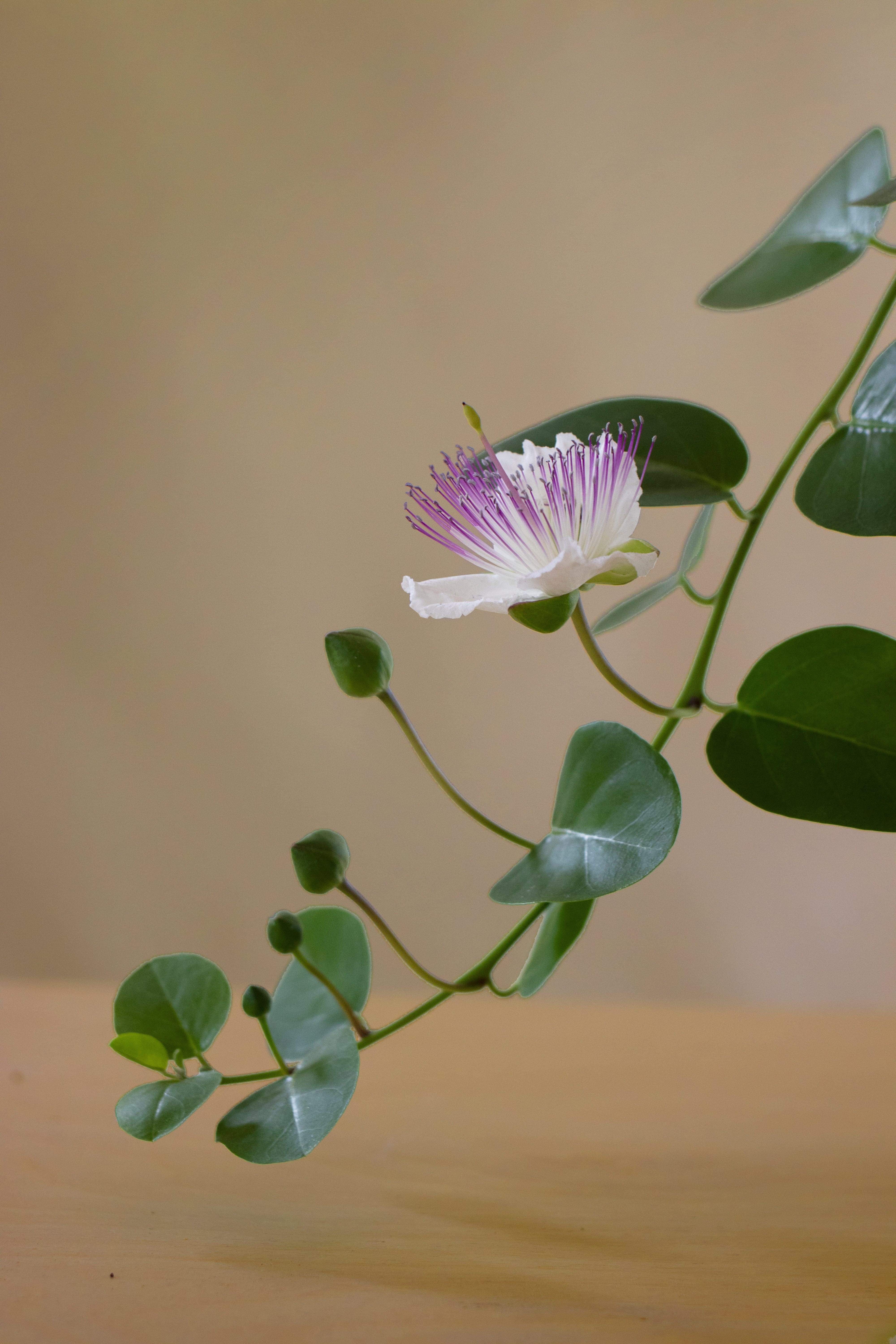
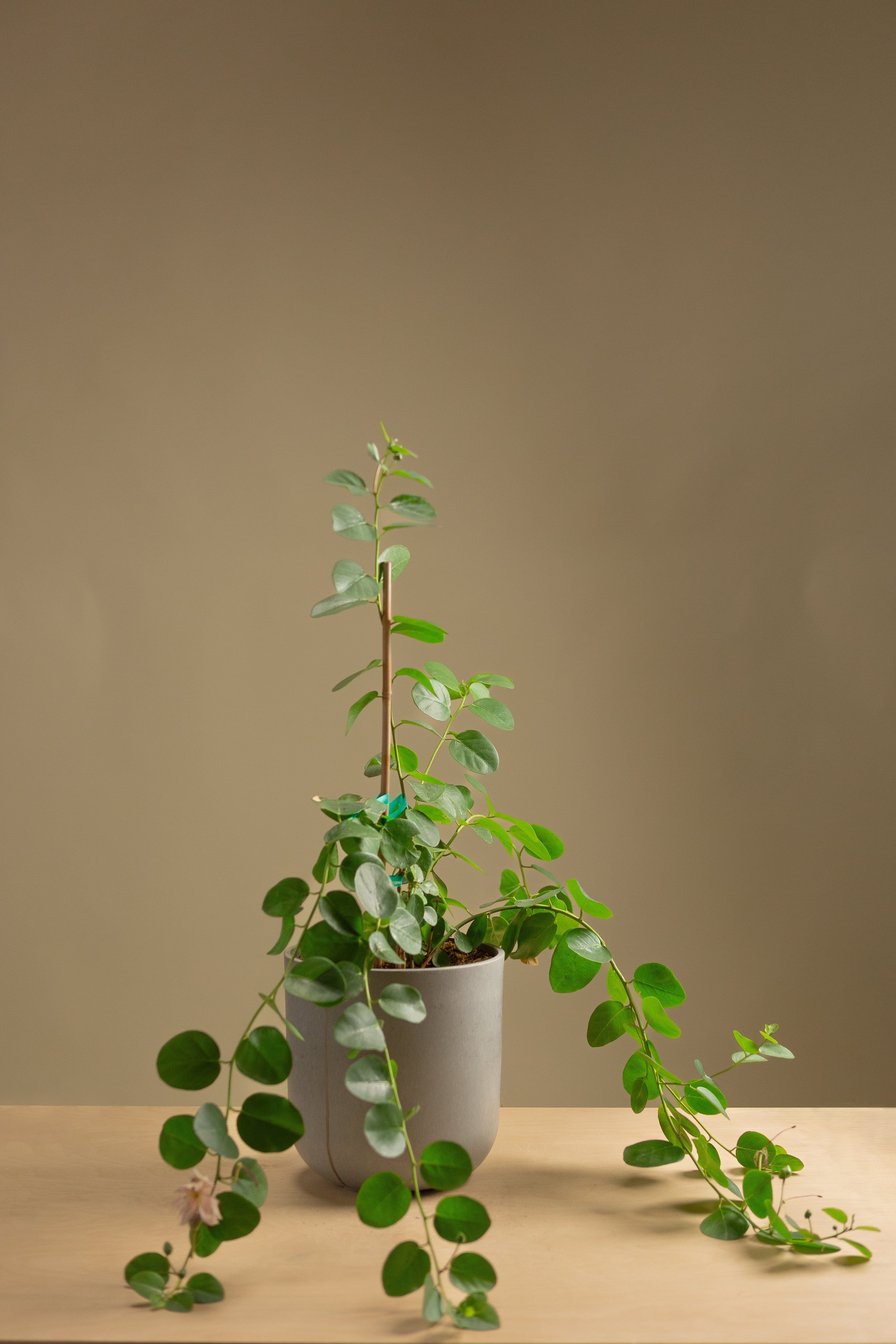
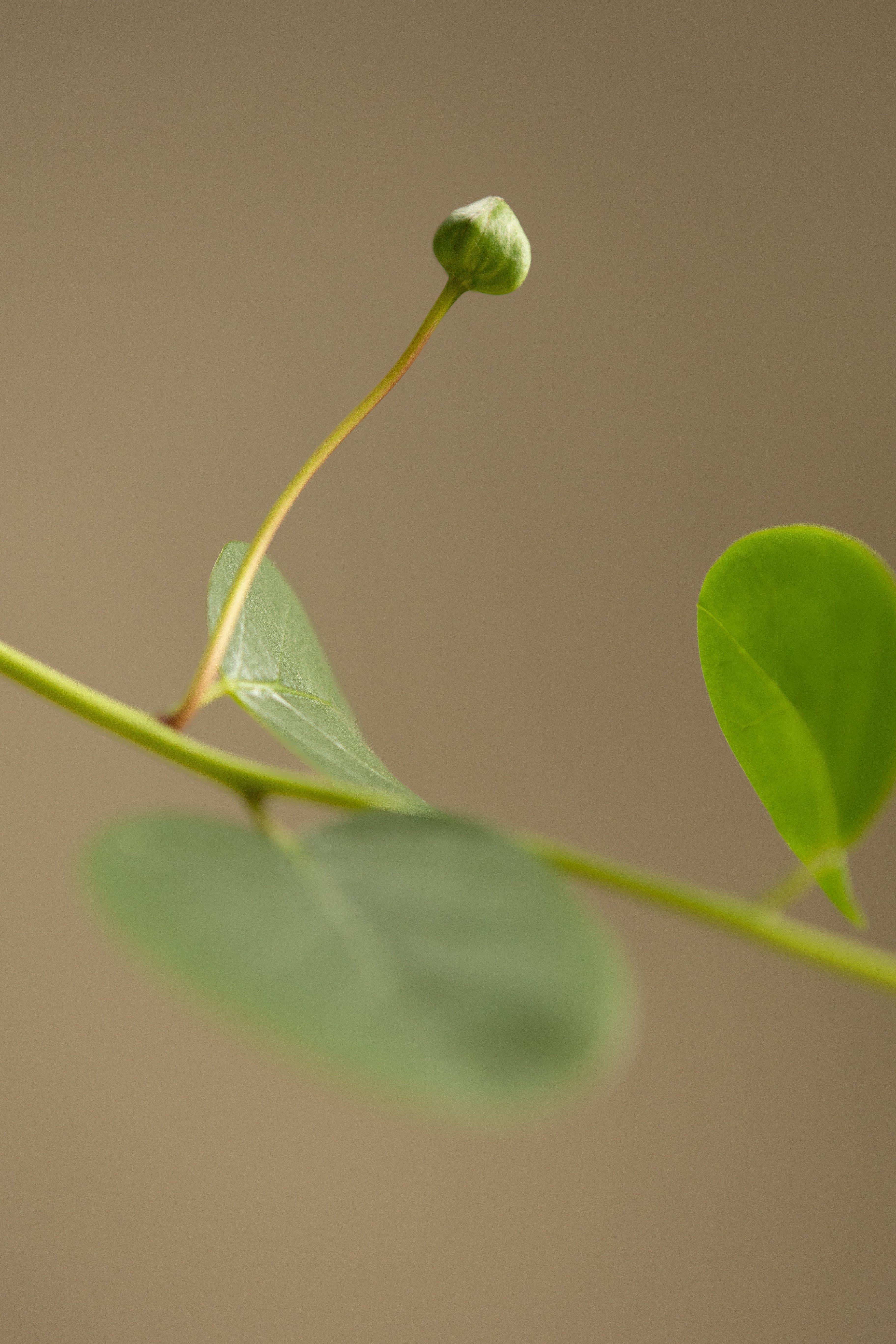
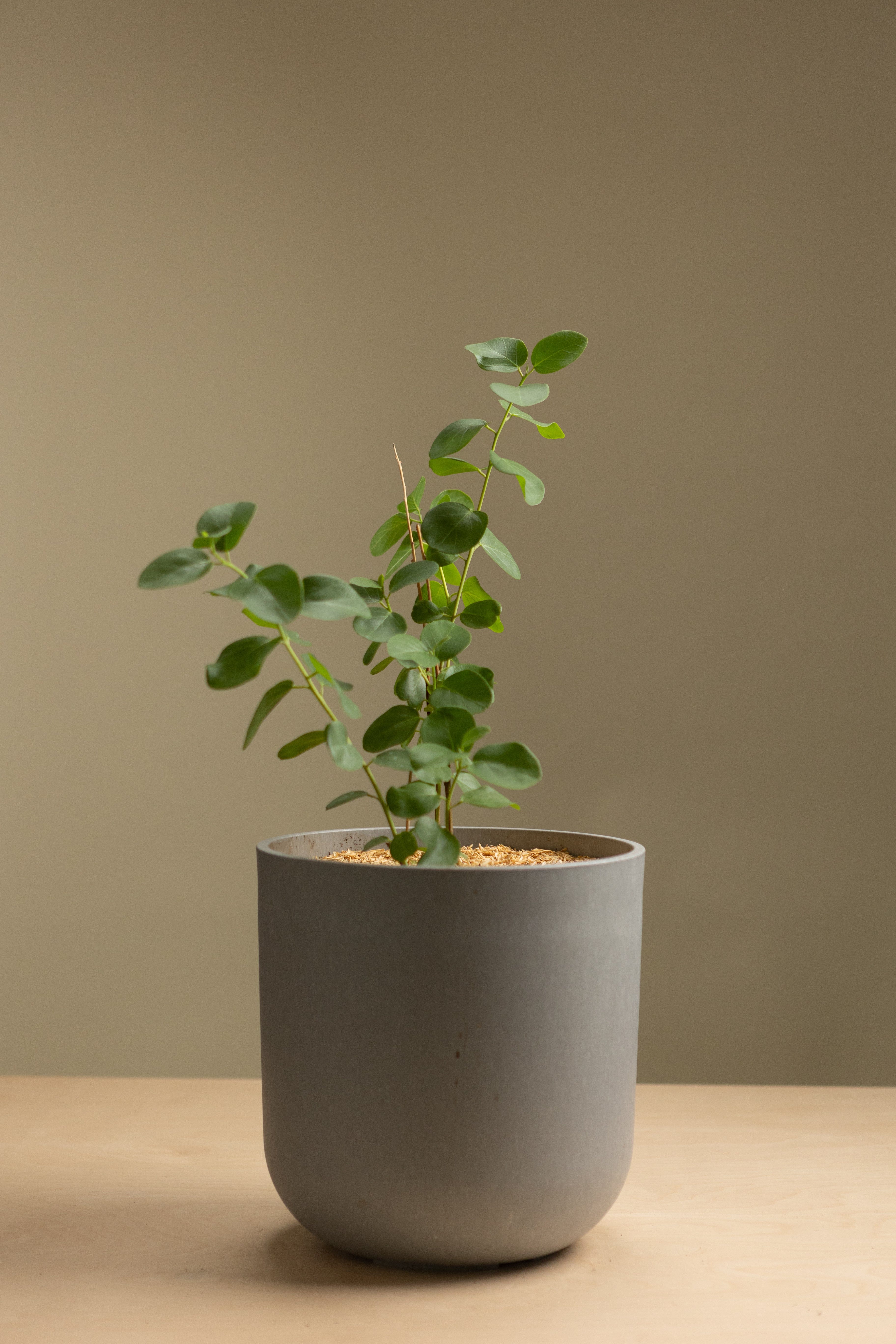
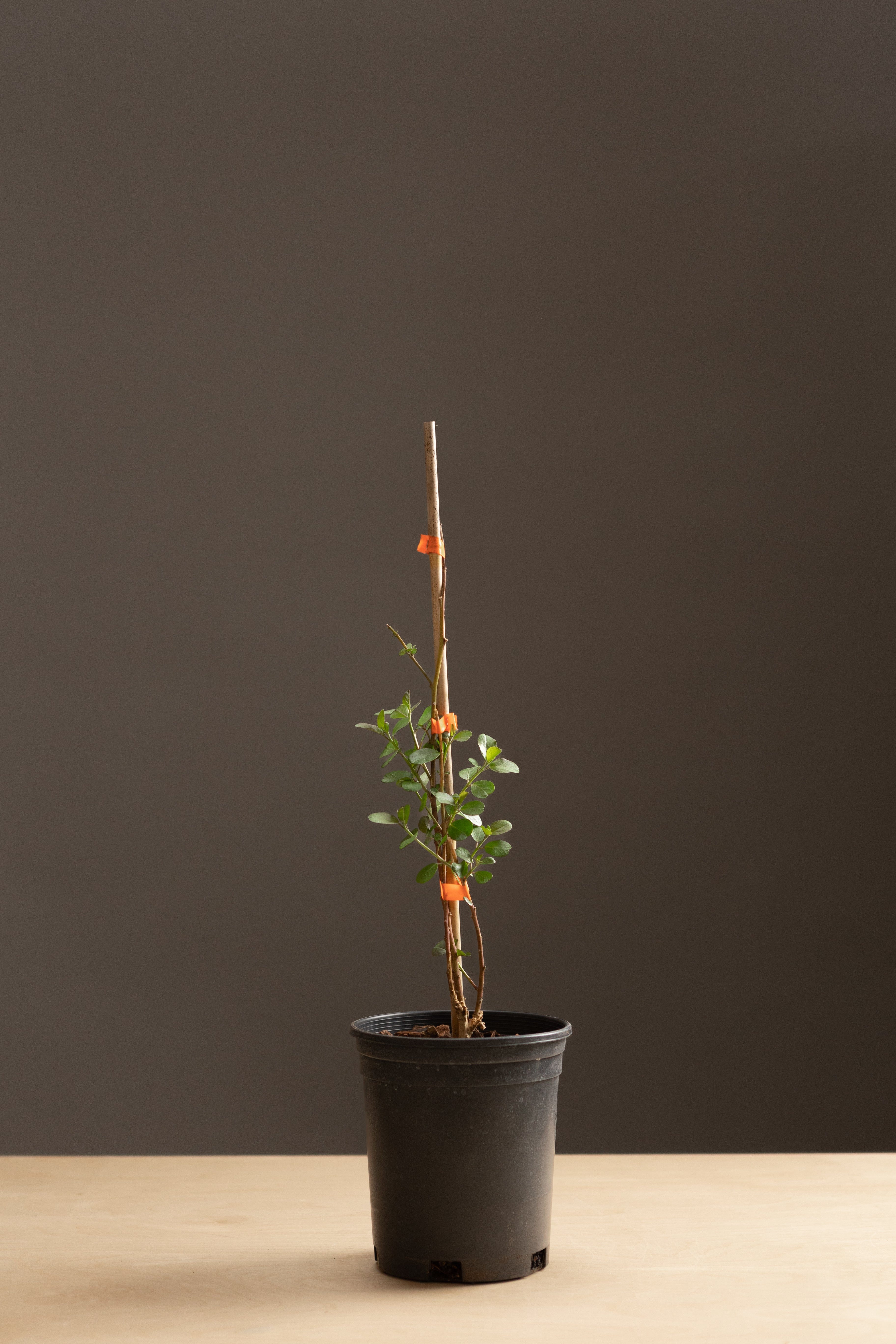
Caper
This shrub with arching stems grows to three feet tall. It produces an abundance of small flower buds on first-year branches from May to October that are harvested before they open, and brined using salt and herbs. Each brined bud has a peppery, mustard flavor and can be used for sauces, meat dishes or pastas. If left unpicked these buds form large, scented, pinkish-white flowers with long lavender-colored stamens. If left to flower, the stamen of the flowers will develop into caper berries which can be harvested and preserved as well.
SELECT YOUR KIT

PLANT ONLY:
$0.00

POTTING ESSENTIALS KIT:
$69.99

COMPLETE GROWER KIT:
$154.99
Plant Only + Complimentaries
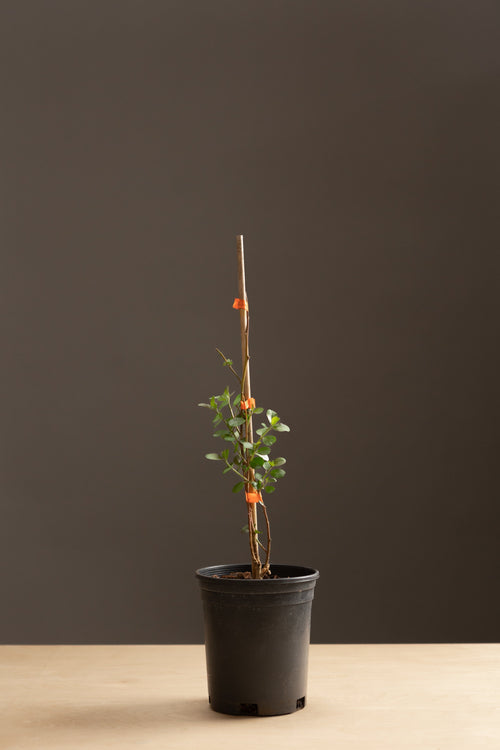
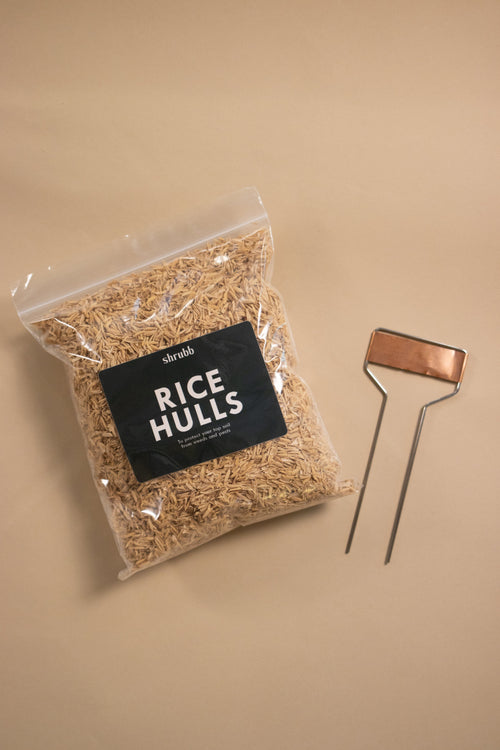
Caper + Potting Essentials Kit

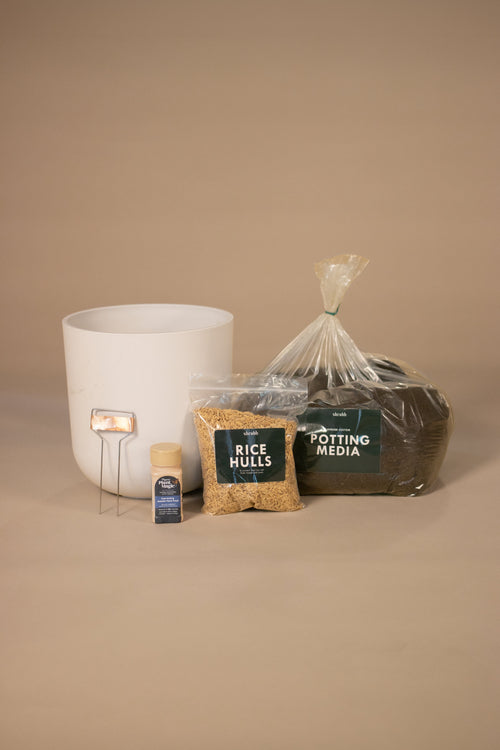
Caper + Complete Grower Kit

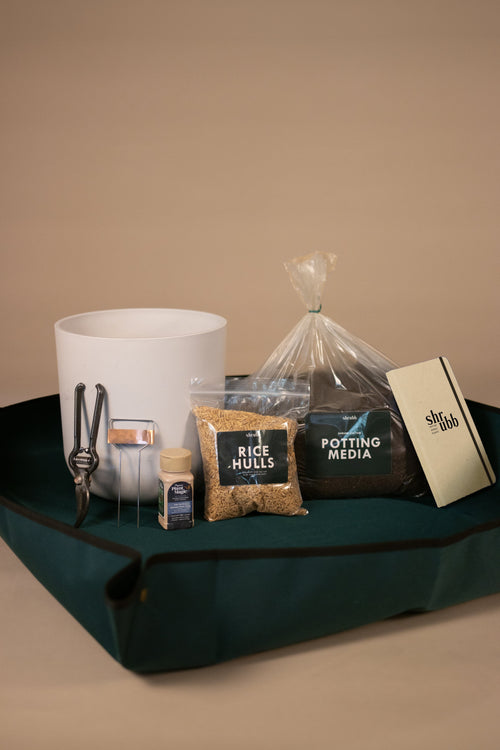
DO YOU WANT TO INSURE YOUR PLANTS?
Get plant insurance to guarantee a free replacement plant if yours dies within the first year. Read more about plant insurance here..

Where do I grow best?
How to care for me:

Self-Fertile

Full-Sun

Water

Soil Nutrients

Dormancy

Harvest

Pruning

Pests and Disease
Growing in Less Ideal Climates
While the region indicated on the map above specifies where this plant grows best, the virtue of growing plants in pots is that, with a little elbow grease, you can create your own environment. These are our tips for anyone attempting to grow alpine strawberries in other climates.

Colder Regions

Hotter Regions
